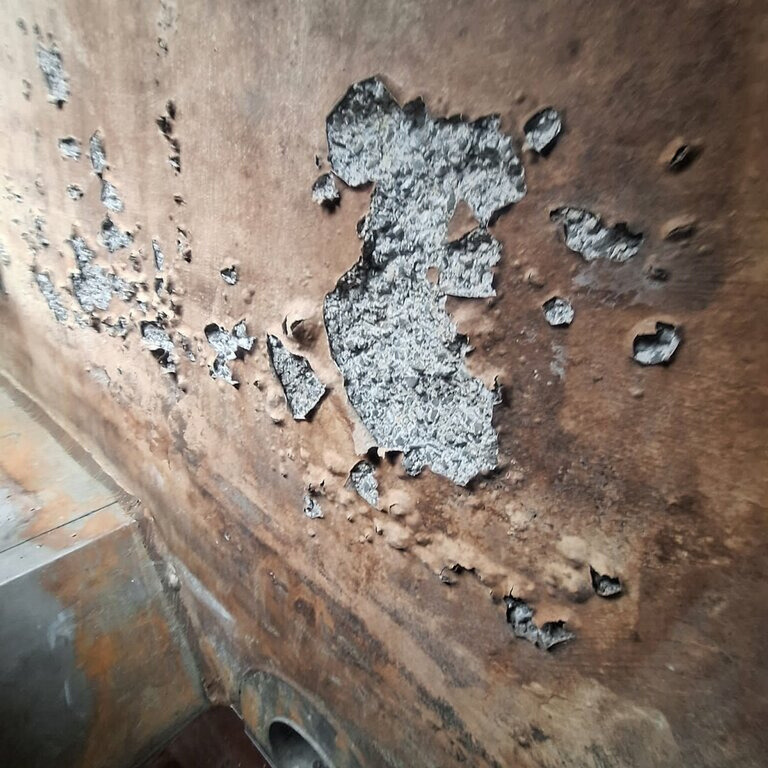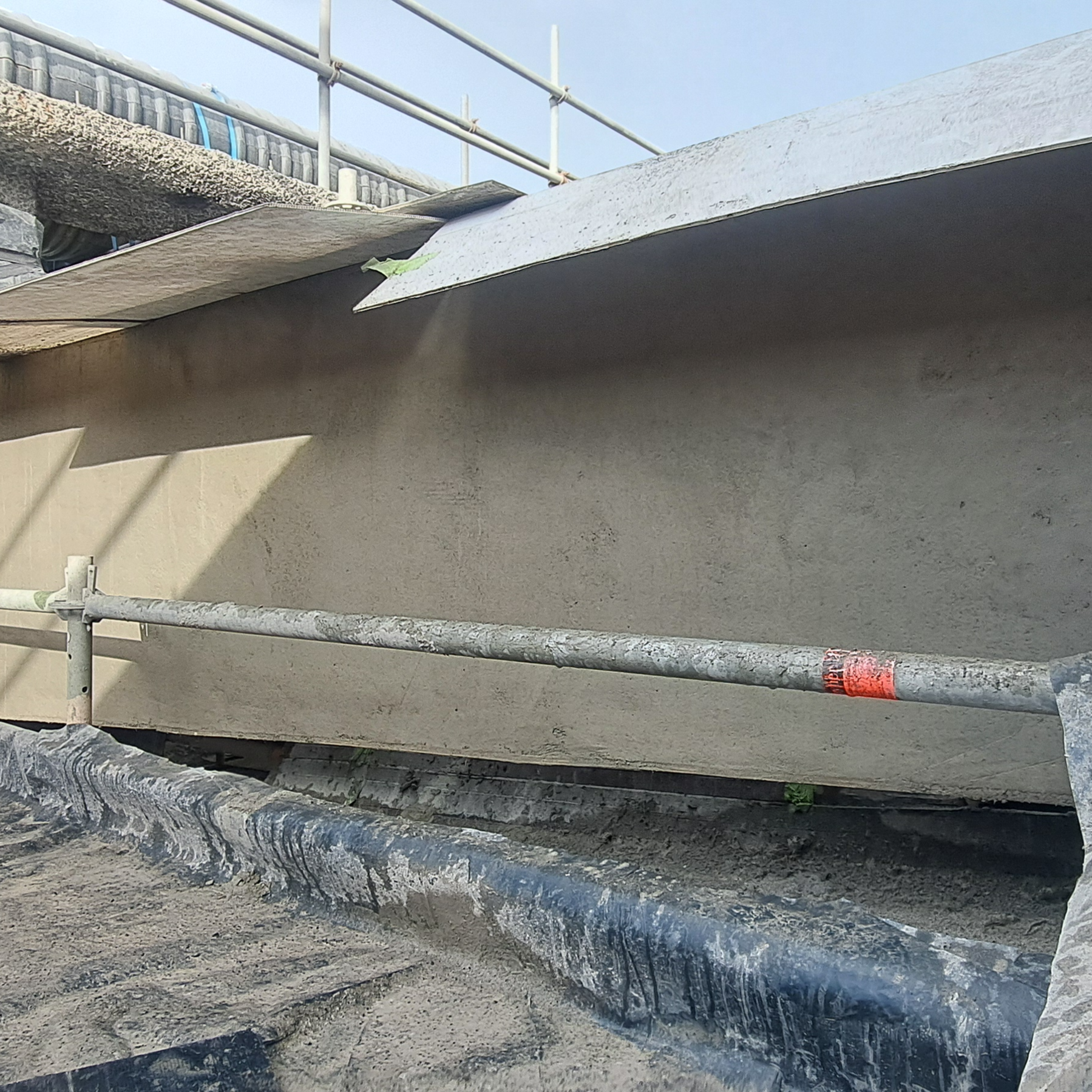
25 Jul 2025 Outlasting Corrosion: Why Epoxy Isn’t the Answer
This article was originally published in Water Journal.
For over a century, reinforced concrete has been the foundation of critical infrastructure – strong, reliable, and widely used around the world. But in wastewater environments, reinforced concrete faces one of its most aggressive threats: biogenic corrosion.
Biogenic corrosion occurs when hydrogen sulphide gas (H₂S), present in wastewater, is converted by bacteria into sulphuric acid on concrete surfaces. That acid eats away at the concrete, often rapidly. In some cases, up to 25mm of concrete can be lost each year.
Over time, industry awareness of biogenic corrosion has grown. Since the 1980s, designers have increasingly specified protective coatings for new and existing assets. Epoxy coatings have been a popular choice, known for their chemical resistance and strength; but they’re not without issues.
In fact, epoxy failures have been well documented, both in New Zealand and internationally.
“We’ve seen structures where epoxy coatings failed within a year of application,” says Mark Kurtovich, Contech’s Business Development Manager. “Others lasted longer, but the story often ends the same way – expensive remediation, asset downtime, and disappointed clients.”
The problem lies in the real-world performance of epoxies in biogenic environments. Epoxy coatings are not completely impermeable. Moisture and corrosive gases like H₂S and CO₂ can pass through over time, breaking down the bond between the coating and the concrete. Temperature swings and structural movement can cause cracks, which become entry points for bacteria and acid. Some bacteria can even metabolise additives in epoxy, causing blistering and softening.
And while epoxy coatings might seem like a low-cost option up front, they can become extremely costing if they fail. One example in New Zealand saw an epoxy system fail to protect key wastewater infrastructure, requiring over $1 million in repairs.


A DIFFERENT APPROACH: LONG-TERM PROTECTION WITH CALCIUM ALUMINATE
Since 2002, Contech has offered a different solution: SewperCoat, a 100% calcium aluminate mortar designed specifically to protect concrete from biogenic corrosion.
Applied at thicknesses between 12 and 50mm, it’s suitable for a range of remediation scenarios and can be used on damp surfaces – it can even be applied to structures while they’re still in service, reducing downtime and maintenance costs. SewperCoat hardens within hours and can be ready for exposure to wastewater within two hours.
“With over 150 installations across New Zealand – including pump stations, trunk sewers and manholes – SewperCoat has shown its durability and performance under some of the toughest conditions,” says Mark.
To protect new infrastructure from day one, Imerys has developed Sewper Liner using the same proven calcium aluminate technology. Sewper Liner is applied in thinner layers (typically 6mm) and doesn’t require the extensive surface preparation or strict environmental controls that epoxy needs. It can even be applied in the factory before precast elements are delivered to site.
“If we know biogenic corrosion is likely, it makes sense to protect thge structure up front,” says Mark. “We’ve seen too many cases where short-term thinking has led to long-term costs. With calcium aluminate, we have a proven, cost-effective alternative that performs over time.”
Independent testing by the Fraunhofer Institute has shown that both SewperCoat and Sewper Liner deliver eight times the resistance to biogenic corrosion compared to ordinary OPC mortars.
As wastewater infrastructure continues to age, and councils seek smarter, more sustainable solutions, the conversation is shifting – from reactive fixes to proactive protection. It’s no longer just about repairing damage, but about building resilience from the start.
For more information or expert advice on your concrete projects, get in touch

